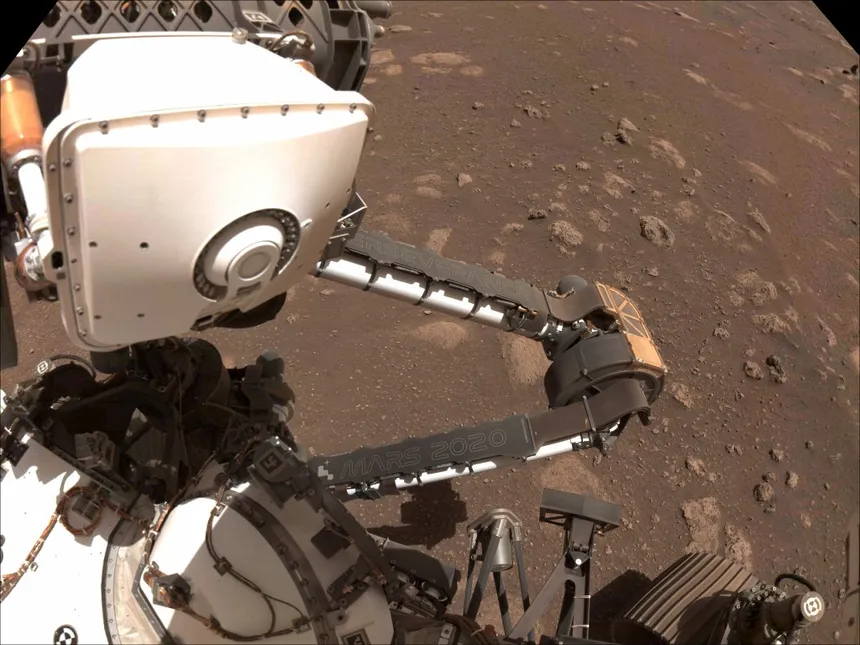NASA’s Juno mission has been exploring the Jupiter system since 2011, providing stunning images of the planet and its numerous moons. Recently, the spacecraft made close flybys of Io, the most volcanically active body in the solar system, and captured breathtaking images of its lava lakes and towering mountains. Despite being far from the sun, Io’s high internal temperatures are attributed to Jupiter’s gravitational pull, which creates friction and heats up the moon through a process called tidal heating.
This process is unique to Io, as the moon’s proximity to Jupiter amplifies the effects of tidal heating. As a result, the surface of Io is extremely cold, averaging around minus 200 degrees Fahrenheit, while the volcanoes spewing out material from the moon’s hot interior can reach temperatures of thousands of degrees Fahrenheit. The JunoCam instrument on the Juno spacecraft has been capturing images of Io during its flybys, revealing the dramatic features of the moon.
One of the most striking features observed by Juno is the 200-kilometer-long lava lake called Loki Patera. The spacecraft obtained high-resolution images of the lake, showing islands embedded in the middle of a potentially magma lake, rimmed with hot lava. The specular reflection of the lake suggests that parts of Io’s surface are as smooth as glass, reminiscent of volcanically created obsidian glass on Earth.

Juno’s Breathtaking Discoveries on Io
Another remarkable feature observed by Juno is Steeple Mountain, which spikes dramatically from the surface and is between 3 and 4.3 miles high. The spacecraft’s observations allowed researchers to create an artist’s concept video showing one side of the mountain in detail. The other side of the mountain remains in shadow, as Juno only observed one side illuminated during its flybys.
The incredible observations made by Juno during its recent flybys of Io have provided valuable insights into the moon’s internal heat and volcanic activity. The data collected will continue to help scientists learn more about Io’s unique environment and the processes that shape it. Moreover, the observations will also contribute to a better understanding of Jupiter’s role in heating up Io and the implications for the moon’s habitability.
Juno’s principal investigator, Scott Bolton, described the experience of observing Io as “simply littered with volcanoes, and we caught a few of them in action.” The spacecraft’s observations have been used to create stunning visualizations of Io’s lava lakes and mountains, providing a Look into the moon’s hostile environment. Future flybys of Io will continue to provide valuable insights into the moon’s internal heat and volcanic activity, as well as Jupiter’s role in shaping the Jovian system.








































